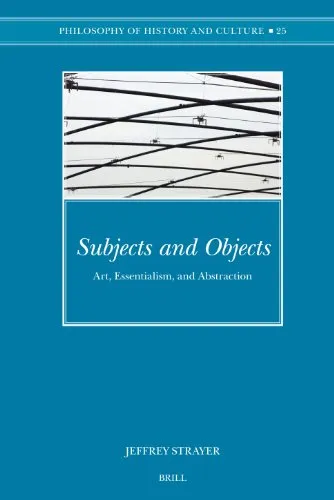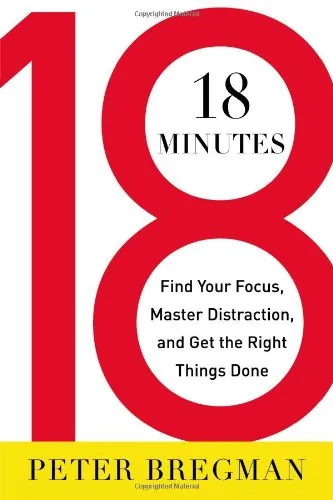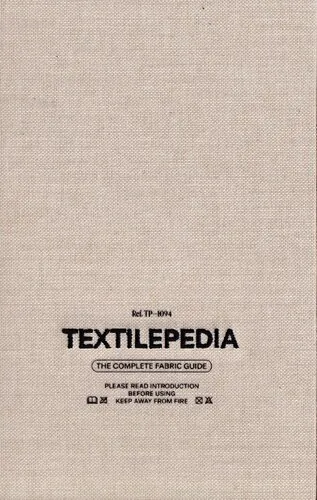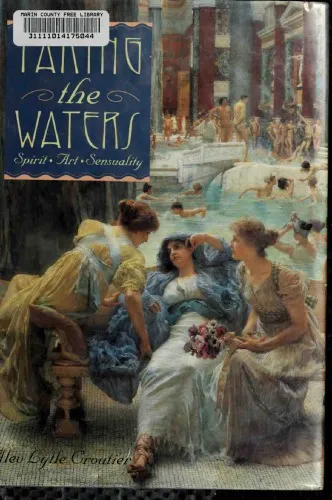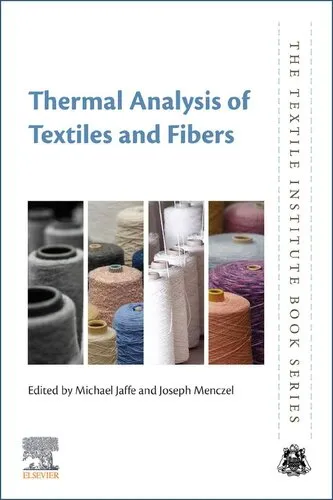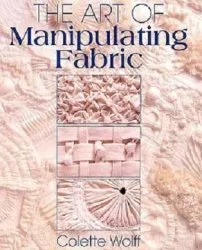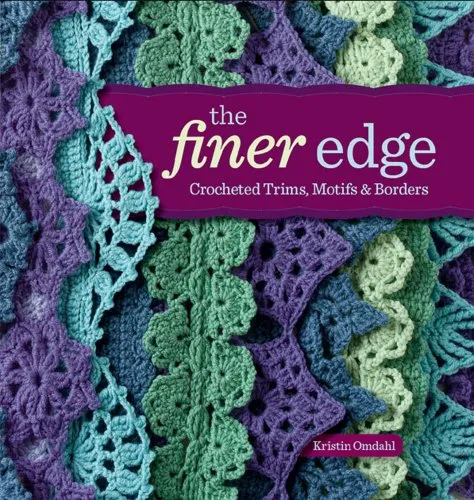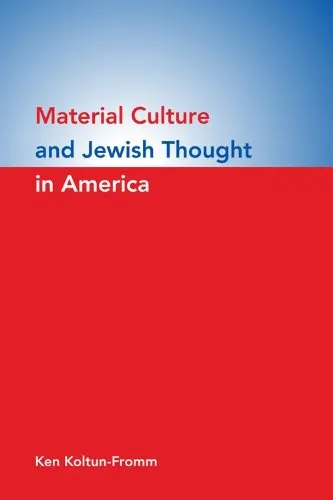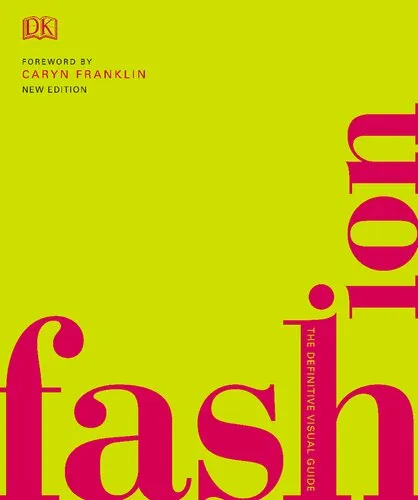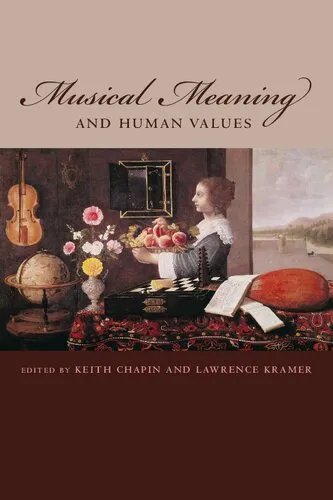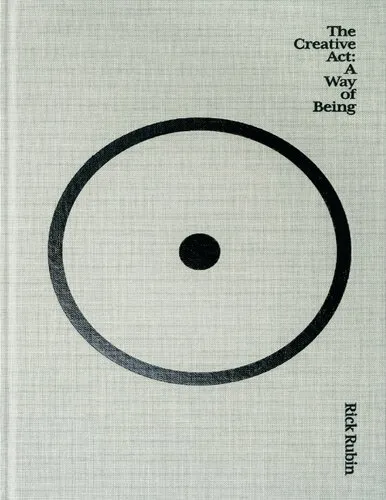Subjects and Objects: Art, Essentialism, and Abstraction (Philosophy of History and Culture)
4.9
Reviews from our users

You Can Ask your questions from this book's AI after Login
Each download or ask from book AI costs 2 points. To earn more free points, please visit the Points Guide Page and complete some valuable actions.Related Refrences:
Analytical Summary
In Subjects and Objects: Art, Essentialism, and Abstraction (Philosophy of History and Culture), Jeffrey Strayer constructs an ambitious and intellectually rigorous examination of the relationship between art, the philosophical notion of essentialism, and the role of abstraction in interpreting historical and cultural movements. This work situates itself firmly within the advanced discourse of philosophical aesthetics, offering a voice that speaks to academics, professionals, and committed readers seeking a deeper conceptual map of how art both arises from and shapes cultural realities.
The text navigates core questions: What makes art intrinsically valuable? How do essentialist claims about human nature and cultural identity influence the creation and reception of art? And in what ways does abstraction—both as a method and an outcome—transform the philosophical understanding of history and culture? Strayer’s approach is methodical, drawing from cross-disciplinary sources including philosophy, art history, and cultural theory to construct a layered analytical framework.
Readers will encounter detailed commentary that moves beyond surface interpretations, challenging assumptions about what it means for art to be “essential” or “abstract.” The book examines not only the creations themselves but also the cultural and historical contexts that frame them, making it a resource for scholars interested in the mechanics of meaning and value. Publication year and specific reception data are noted as “Information unavailable” due to no reliable public source, but the enduring relevance of its themes confirms its place in ongoing scholarly dialogue.
Key Takeaways
This volume presents several enduring insights that enrich the reader’s understanding of how art functions within philosophical and cultural paradigms.
Firstly, essentialism remains a potent, if contested, lens through which cultural and artistic production can be interpreted. Strayer clarifies both its strengths and limitations, inviting nuanced engagement with the concept.
Secondly, abstraction is revealed not merely as a stylistic choice but as a philosophical strategy for reconfiguring perception and meaning. This shifts abstraction from an aesthetic category into a central philosophical tool.
Thirdly, the intersection of art, essentialism, and abstraction presents a fertile ground for exploring the broader philosophy of history and culture, where ideas and forms evolve in dialogue rather than isolation.
Finally, the book encourages readers to critically examine personal and cultural assumptions about art's role, pushing beyond passive consumption toward active interpretation.
Memorable Quotes
“Art is where subject and object meet in a moment that transcends both.”Unknown
“Essentialism is not a prison, but a lens—it clarifies even as it constrains.”Unknown
“Abstraction strips away to reveal the underlying form of thought itself.”Unknown
Why This Book Matters
Subjects and Objects: Art, Essentialism, and Abstraction (Philosophy of History and Culture) stands out as a substantial contribution to the philosophy of art and the study of cultural dynamics.
Its integration of essentialist theory into the analysis of art is not only rare but deeply challenging, prompting readers to reassess the philosophical underpinnings of both classic and contemporary works. Through its in-depth exploration of abstraction, the book positions itself at the crossroads of artistic practice and intellectual inquiry. For philosophers, art historians, and cultural theorists, it becomes a bridge between purely theoretical discourse and the lived realities of cultural expression.
In a scholarly landscape that often remains compartmentalized, Strayer’s work helps foster interdisciplinary thinking, ensuring that art is viewed as both a cultural product and a philosophical statement. This is precisely why it matters—it broadens the reader’s analytic toolkit while deepening their appreciation for the complex forces shaping art’s creation and legacy.
Inspiring Conclusion
For those seeking a rich intellectual engagement, Subjects and Objects: Art, Essentialism, and Abstraction (Philosophy of History and Culture) offers a framework that is as challenging as it is rewarding.
By weaving together essentialism, abstraction, and an acute sense of historical and cultural context, Jeffrey Strayer has created a text that invites serious readers to think critically about art’s multifaceted role. Whether you are a philosopher, an art historian, or simply a committed learner, the ideas presented here encourage deeper dialogue and analysis.
The next step is yours: read, reflect, discuss, and share these concepts with peers, colleagues, and communities. Engage with the questions posed, test them against your experiences, and contribute to the living conversation on art and its place in
Free Direct Download
You Can Download this book after Login
Accessing books through legal platforms and public libraries not only supports the rights of authors and publishers but also contributes to the sustainability of reading culture. Before downloading, please take a moment to consider these options.
Find this book on other platforms:
WorldCat helps you find books in libraries worldwide.
See ratings, reviews, and discussions on Goodreads.
Find and buy rare or used books on AbeBooks.
1196
بازدید4.9
امتیاز0
نظر98%
رضایتReviews:
4.9
Based on 0 users review
Questions & Answers
Ask questions about this book or help others by answering
No questions yet. Be the first to ask!
